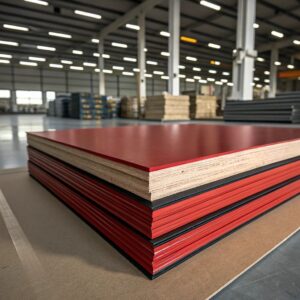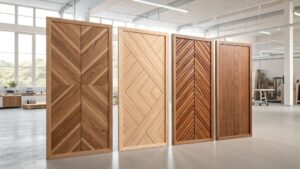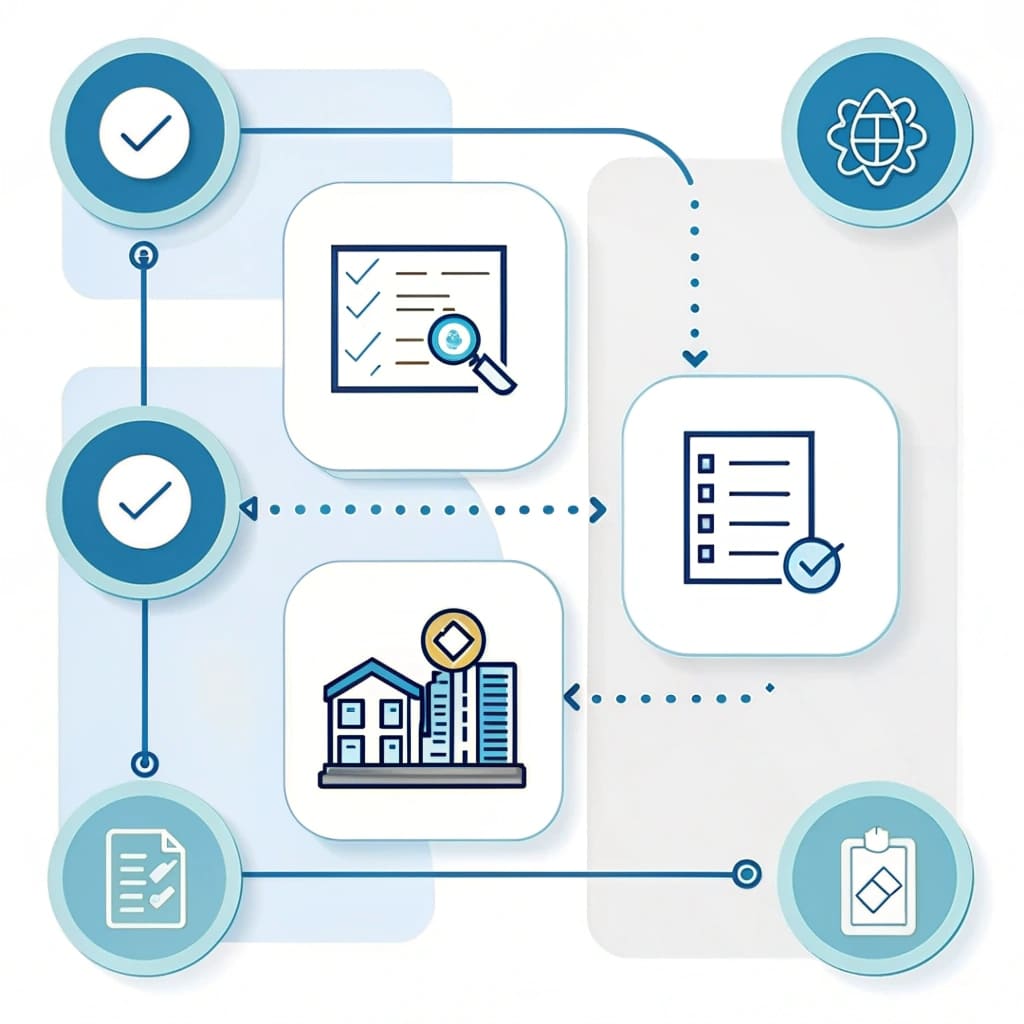
As a melamine panel manufacturer and exporter, I often receive questions like this from importers: "Which core wood should I choose for furniture boards—basswood, poplar, or birch?" I understand this confusion. Each type of wood has different features. The choice impacts the final product quality, price, and even your logistics cost. In this article, I will explain the key differences, based on what I see every day at my factory.
1. Know the Wood Before You Choose
Each wood type has its own natural character. As a supplier, I look at not only the strength and weight, but also the price and supply stability1. Let’s look at a simple chart.
| Feature | Basswood | Poplar | Birch |
|---|---|---|---|
| Hardness | Soft | Medium | Hard |
| Weight | Light | Medium | Heavy |
| Surface for Lamination | Very Smooth | Smooth | Smooth |
| Stability | Low | Medium | High |
| Cost | Low | Moderate | High |
| Common Use in Export | Light furniture | Cabinets, shelves | High-end panels |
Most buyers choose poplar because it offers a good balance. Basswood is cheaper, but less strong. Birch is better, but heavier and more expensive.
2. When to Use Basswood Core in Furniture Panels?
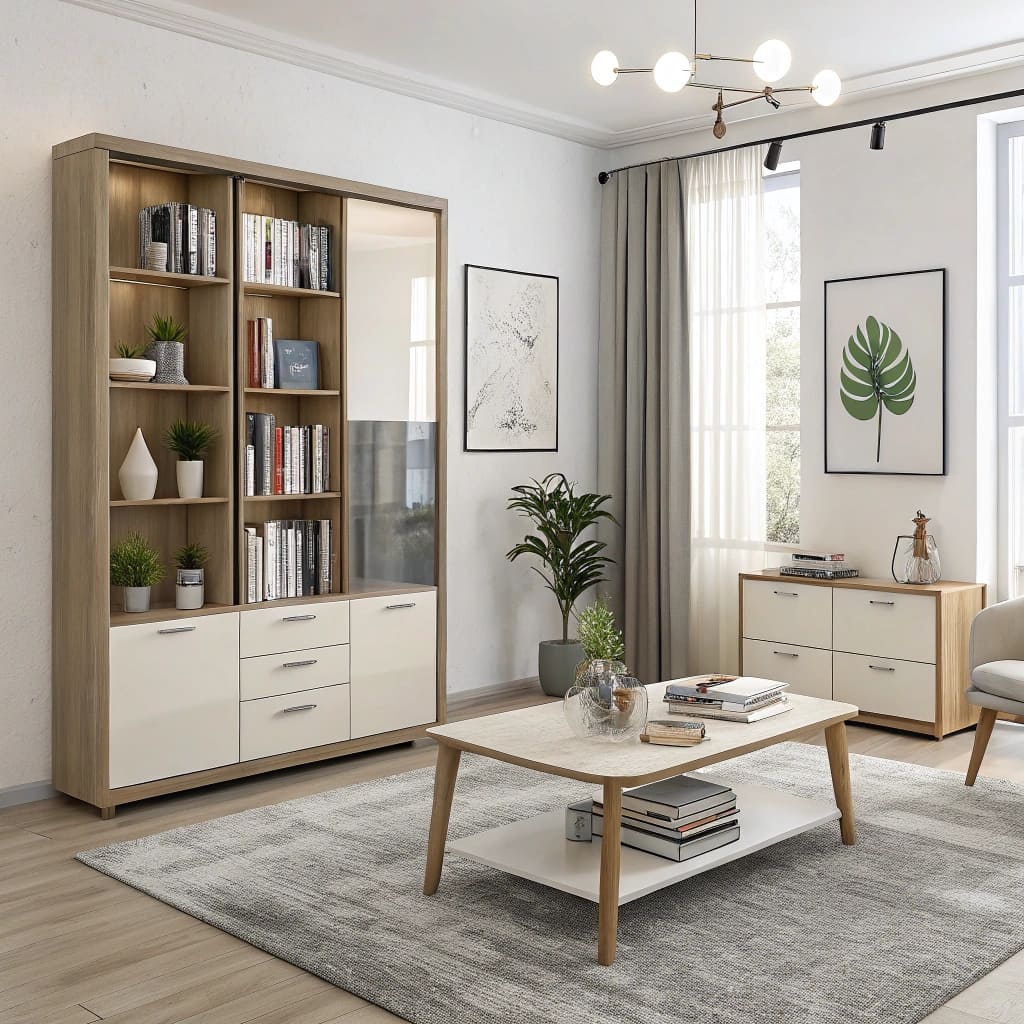
Basswood: Lightweight and Easy to Work With
Basswood is the softest wood among the three. It is very light. When cut into thin veneers, it offers a smooth surface for lamination. This helps us achieve a nice finish with melamine paper.
Good for Lightweight Furniture
I often recommend basswood to buyers from the Middle East and Africa. Their customers want affordable panels for wardrobes or office dividers. These products do not carry much weight, so basswood works well.
Easy to Cut and Glue
Because of its soft structure, basswood is easy to saw, nail, and glue. In some regions where woodworking machines are older, this is a big plus.
Price Advantage for Bulk Orders
Since basswood is cheaper, the total order cost is lower. This also helps reduce freight weight. In one shipment to Nigeria, we saved over $300 just on shipping cost because we used basswood core panels.
3. Why Poplar is the Most Popular Core Material?
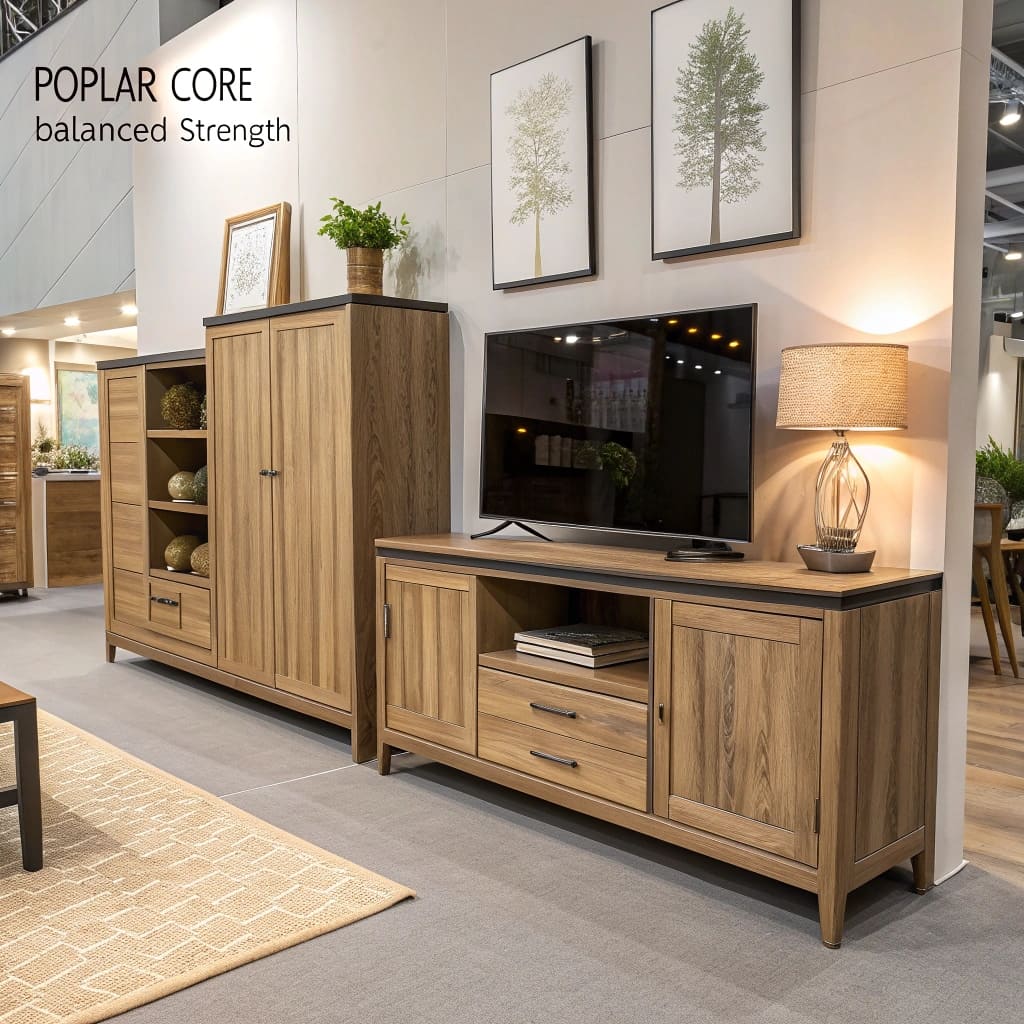
A Safe and Balanced Choice
Poplar sits right in the middle. It is not too soft, not too heavy. It has enough strength to support daily furniture use. This is why it is popular in kitchen cabinets, TV stands, and closet doors.
Good for Laminated Panels
We use melamine paper on both sides of the board. Poplar core allows the glue to bond evenly. This reduces bubbling or peeling issues.
Widely Accepted in Global Markets
I work with buyers from South America and Canada. Most of them ask for poplar core. They know it performs well under both dry and humid conditions.
Stable Supply
Poplar grows fast and is easy to find in China. This gives us a stable supply chain. Even during high season, we can guarantee poplar panels without price jumps.
| Poplar Core Panel Advantages |
|---|
| Balanced strength and cost |
| Widely accepted by buyers |
| Suitable for most furniture |
| Available year-round |
4. Choose Birch for Premium and Durable Panels
Birch: Strong and Durable
Birch is the strongest of the three. It holds screws well and has high impact resistance. It also offers a smooth surface for high-end decorative paper or wood veneer.
Best for Premium Projects
In Europe, my clients often ask for birch core. Their customers want furniture that lasts. Birch helps products pass durability tests. It is good for bookshelves, office desks, and even school furniture.
Heavier Weight Brings Stability
Birch is heavier. That means better load capacity. For furniture like large wardrobes or TV cabinets, this is a strong advantage.
Price vs Value
Birch is more expensive than poplar or basswood. But for high-end products, buyers are willing to pay more for quality. One of my Canadian clients used birch panels to create a premium furniture line and increased their average product price by 20%.
| Birch Core Panel Advantages |
|---|
| Strong and durable |
| High-end market suitable |
| Holds screws better |
| Used in premium products |
5. How to Choose the Right Core Based on Your Market?
Your target market decides which core fits best. Here’s a table I often share with my clients.
| Target Market | Suggested Core | Reason |
|---|---|---|
| Africa | Basswood | Cost-effective, light for shipping |
| South America | Poplar | Balanced choice, reliable performance |
| Europe | Birch | Strong and durable, premium use |
| Canada | Poplar/Birch | Depends on product line and buyers |
| Middle East | Basswood | Light use, budget-friendly projects |
Choosing the right core helps you reduce complaints, keep your profit, and win repeat customers.
Conclusion: Make Smart Core Choices for Long-Term Success
As an exporter, I know that core material can make or break your product. Basswood is good for low-budget and light projects. Poplar is the most flexible and stable option. Birch is strong and ideal for premium use. At ACEALL, we offer all three options and can customize based on your market needs. If you're still unsure, feel free to email me at sales@aceallwood.com. I’m happy to help you find the best core for your furniture board orders.
-
Understanding supply stability is crucial for making informed purchasing decisions in the wood industry. ↩


